|
|
Home
Consulting
Feasibility Studies
Unbiased Feasibility
Business Plans
Project Flow
Project Financing
Technologies
Gasification
Pyrolysis
Plasma Arc
Biomass Gasification
Waste Gasification
News
Live News Feeds
F.A.Q.
About Us
Contact Us
Glossary
Brochure (PDF)
Copy of a sanitized Study
Draft Example Agreement
|
|
PYROLYSIS
GASIFICATION
Simplified depiction of pyrolysis chemistry.
Pyrolysis is a thermochemical decomposition of organic
material at elevated temperatures in the absence of
oxygen. Pyrolysis typically occurs under pressure and at
operating temperatures above 430 °C (800 °F). The word
is coined from the Greek-derived elements pyr "fire" and
lysis "separating".
Pyrolysis is a special
case of thermolysis, and is most commonly used for
organic materials, being then one of the processes
involved in charring. The pyrolysis of wood, which
starts at 200–300 °C (390–570 °F),[1] occurs for example
in fires or when vegetation comes into contact with lava
in volcanic eruptions. In general, pyrolysis of organic
substances produces gas and liquid products and leaves a
solid residue richer in carbon content. Extreme
pyrolysis, which leaves mostly carbon as the residue, is
called carbonization.
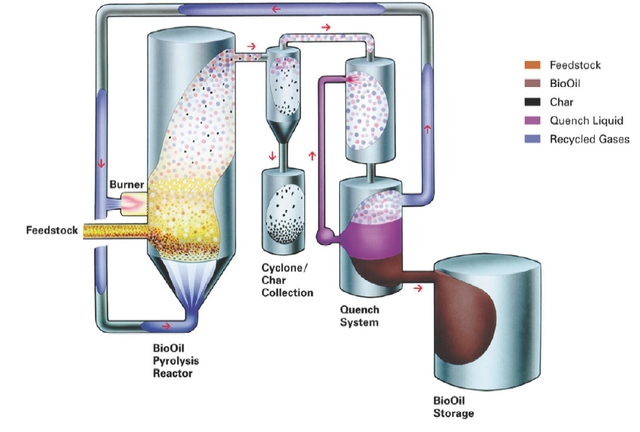
The process is used heavily in the chemical industry,
for example, to produce charcoal, activated carbon,
methanol and other chemicals from wood, to convert
ethylene dichloride into vinyl chloride to make PVC, to
produce coke from coal, to convert biomass into syngas,
to turn waste into safely disposable substances, and for
transforming medium-weight hydrocarbons from oil into
lighter ones like gasoline. These specialized uses of
pyrolysis may be called various names, such as dry
distillation, destructive distillation, or cracking.
Pyrolysis also plays an
important role in several cooking procedures, such as
baking, frying, grilling, and caramelizing. And it is a
tool of chemical analysis, for example in mass
spectrometry and in carbon-14 dating. Indeed, many
important chemical substances, such as phosphorus and
sulfuric acid, were first obtained by this process.
Pyrolysis has been assumed to take place during
catagenesis, the conversion of buried organic matter to
fossil fuels. It is also the basis of pyrography.
In their embalming
process, the ancient Egyptians used a mixture of
substances, including methanol, which they obtained from
the pyrolysis of wood.
Pyrolysis differs from
other high-temperature processes like combustion and
hydrolysis in that it does not involve reactions with
oxygen, water, or any other reagents. In practice it is
not possible to achieve a completely oxygen-free
atmosphere. Because some oxygen is present in any
pyrolysis system, a small amount of oxidation occurs.
The term has also been
applied to the decomposition of organic material in the
presence of superheated water or steam (hydrous
pyrolysis), for example in the steam cracking of oil
Occurrence and uses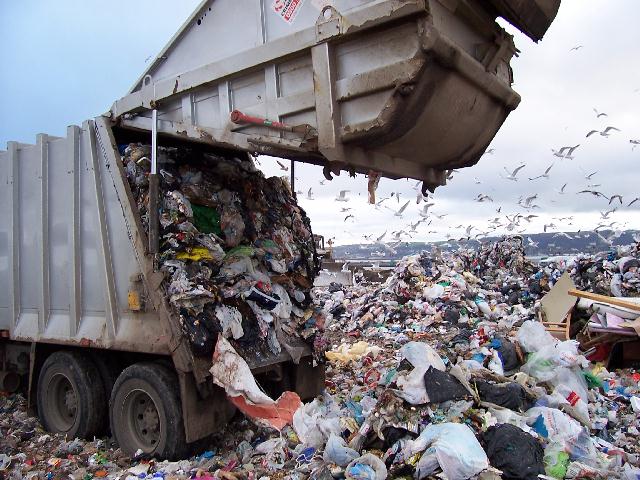
Pyrolysis is usually the first chemical reaction that
occurs in the burning of many solid organic fuels, like
wood, cloth, and paper, municipal waste and also of some
kinds of plastic. In a wood fire, the visible flames are
not due to combustion of the wood itself, but rather of
the gases released by its pyrolysis; whereas the
flame-less burning of embers is the combustion of the
solid residue (charcoal) left behind by it. Thus, the
pyrolysis of common materials like wood, plastic, and
clothing is extremely important for fire safety and
fire-fighting.
Cooking
Pyrolysis occurs whenever food is exposed to high enough
temperatures in a dry environment, such as roasting,
baking, toasting, grilling, etc.. It is the chemical
process responsible for the formation of the
golden-brown crust in foods prepared by those methods.
In normal cooking, the
main food components that suffer pyrolysis are
carbohydrates (including sugars, starch, and fibre) and
proteins. Pyrolysis of fats requires a much higher
temperature, and since it p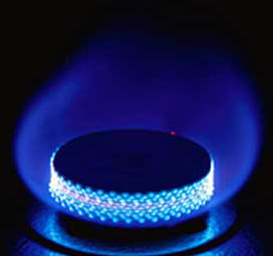 roduces toxic and flammable
products (such as acrolein), it is generally avoided in
normal cooking. It may occur, however, when barbecuing
fatty meats over hot coals. roduces toxic and flammable
products (such as acrolein), it is generally avoided in
normal cooking. It may occur, however, when barbecuing
fatty meats over hot coals.
Even though cooking is
normally carried out in air, the temperatures and
environmental conditions are such that there is little
or no combustion of the original substances or their
decomposition products. In particular, the pyrolysis of
proteins and carbohydrates begins at temperatures much
lower than the ignition temperature of the solid
residue, and the volatile sub-products are too diluted in
air to ignite. (In flambé dishes, the flame is due
mostly to combustion of the alcohol, while the crust is
formed by pyrolysis as in baking.)
Pyrolysis of
carbohydrates and proteins require temperatures
substantially higher than 100 °C (212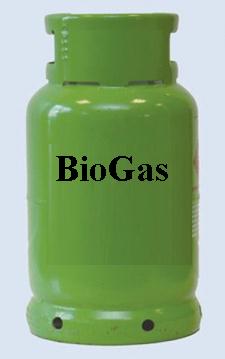 °F), so pyrolysis
does not occur as long as free water is present, e.g. in
boiling food — not even in a pressure cooker. When
heated in the presence of water, carbohydrates and
proteins suffer gradual hydrolysis rather than
pyrolysis. Indeed, for most foods, pyrolysis is usually
confined to the outer layers of food, and only begins
after those layers have dried out. °F), so pyrolysis
does not occur as long as free water is present, e.g. in
boiling food — not even in a pressure cooker. When
heated in the presence of water, carbohydrates and
proteins suffer gradual hydrolysis rather than
pyrolysis. Indeed, for most foods, pyrolysis is usually
confined to the outer layers of food, and only begins
after those layers have dried out.
Food pyrolysis
temperatures are however lower than the boiling point of
lipids, so pyrolysis occurs when frying in vegetable oil
or suet, or basting meat in its own fat.
Pyrolysis also plays an
essential role in the production of barley tea, coffee,
and roasted nuts such as peanuts and almonds. As these
consist mostly of dry materials, the process of
pyrolysis is not limited to the outermost layers but
extends throughout the materials. In all these cases,
pyrolysis creates or releases many of the substances
that contribute to the flavor, color, and biological
properties of the final product. It may also destroy
some substances that are toxic, unpleasant in taste, or
those that may contribute to spoilage.
Controlled pyrolysis of
sugars starting at 170 °C (338 °F) produces caramel, a
beige to brown water-soluble product which is widely
used in confectionery and (in the form of caramel
coloring) as a coloring agent for soft drinks and other
industrialized food products.
Solid residue from the
pyrolysis of spilled and splattered food creates the
brown-black encrustation often seen on cooking vessels,
stove tops, and the interior surfaces of ovens.
Charcoal
Pyrolysis has been used since ancient times for turning
wood into charcoal in an industrial scale. Besides wood,
the process can also use sawdust and other wood waste
products.
Charcoal is obtained by
heating wood until its complete pyrolysis
(carbonization) occurs, leaving only carbon and
inor ganic ash. In many parts of the world, charcoal is
still produced semi-industrially, by burning a pile of
wood that has been mostly covered with mud or bricks.
The heat generated by burning part of the wood and the
volatile byproducts pyrolyzes the rest of the pile. The
limited supply of oxygen prevents the charcoal from
burning too. A more modern alternative is to heat the
wood in an airtight metal vessel, which is much less
polluting and allows the volatile products to be
condensed. ganic ash. In many parts of the world, charcoal is
still produced semi-industrially, by burning a pile of
wood that has been mostly covered with mud or bricks.
The heat generated by burning part of the wood and the
volatile byproducts pyrolyzes the rest of the pile. The
limited supply of oxygen prevents the charcoal from
burning too. A more modern alternative is to heat the
wood in an airtight metal vessel, which is much less
polluting and allows the volatile products to be
condensed.
The original vascular
structure of the wood and the pores created by escaping
gases combine to produce a light and porous material. By
starting with dense wood-like material, such as
nutshells or peach stones, one obtains a form of
charcoal with particularly fine pores (and hence a much
larger pore surface area), called activated carbon,
which is used as an adsorbent for a wide range of
chemical substances.
Biochar
Residues of incomplete organic pyrolysis, e.g. from
cooking fires, are thought to be the key component of
the terra preta soils associated with ancient indigenous
communities of the Amazon basin. Terra preta is mu ch
sought by local farmers for its superior fertility
compared to the natural red soil of the region. Efforts
are underway to recreate these soils through biochar,
the solid residue of pyrolysis of various materials,
mostly organic waste. ch
sought by local farmers for its superior fertility
compared to the natural red soil of the region. Efforts
are underway to recreate these soils through biochar,
the solid residue of pyrolysis of various materials,
mostly organic waste.
Biochar improves the
soil texture and ecology, increasing its ability to
retain fertilizers and release them slowly. It naturally
contains many of the micronutrients needed by plants,
such as selenium. It is also safer than other "natural"
fertilizers such as manure or sewage since it has been
disinfected at high temperature, and since it releases
its nutrients at a slow rate, it greatly reduces the
risk of water table contamination.
Biochar is also being
considered for carbon sequestration, with the aim of
mitigation of global warming. Because pyrolysis burns
the volatile gases, biochar only emits water vapor. By
burning the harmful gases, a stabile form of carbon can
be sequestered into the ground where it will remain for
thousands of years.
Coke
Pyrolysis is used on a massive scale to turn coal into
coke for metallurgy, especially steelmaking. Coke can
also be produced from the solid residue left from
petroleum refining.
Those starting
materials typically contain hydrogen, nitrogen or oxygen
atoms combined with carbon into molecules of medium to
high molecular weight. The coke-making or "coking"
process consists in heating the material in closed
vessels to very high temperatures (up to 2,000 °C or
3,600 °F), so that those molecules are broken down into
lighter volatile substances, which leave the vessel, and
a porous but hard residue that is mostly carbon and
inorganic ash. The amount of volatiles varies with the
source material, but is typically 25-30% of it by
weight. hydrogen, nitrogen or oxygen
atoms combined with carbon into molecules of medium to
high molecular weight. The coke-making or "coking"
process consists in heating the material in closed
vessels to very high temperatures (up to 2,000 °C or
3,600 °F), so that those molecules are broken down into
lighter volatile substances, which leave the vessel, and
a porous but hard residue that is mostly carbon and
inorganic ash. The amount of volatiles varies with the
source material, but is typically 25-30% of it by
weight.
Carbon fiber
Carbon fibers are filaments of carbon that can be used
to make very strong yarns and textiles. Carbon fiber
items are o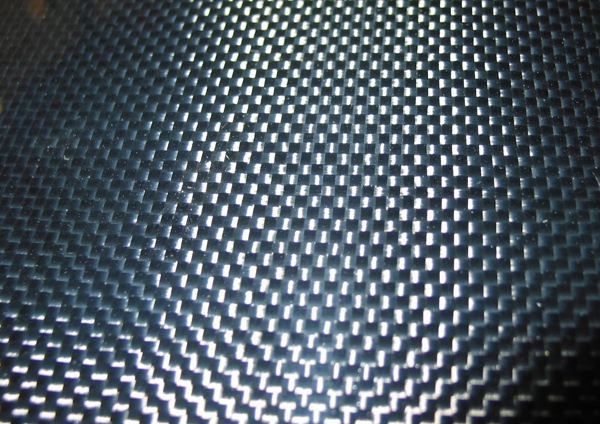 ften produced by spinning and weaving the
desired item from fibers of a suitable polymer, and then pyrolyzing the material at a high temperature (from
1,500–3,000 °C or 2,730–5,430 °F). ften produced by spinning and weaving the
desired item from fibers of a suitable polymer, and then pyrolyzing the material at a high temperature (from
1,500–3,000 °C or 2,730–5,430 °F).
The first carbon fibers
were made from rayon, but polyacrylonitrile has become
the most common starting material
For their first workable
electric lamps, Joseph Wilson Swan and Thomas Edison
used carbon filaments made by pyrolysis of cotton yarns
and bamboo splinters, respectively.
Biofuel
Pyrolysis is the basis of several methods that are being
developed for producing fuel from biomass, which may
include either crops grown for the purpose or biological
waste products from other industries.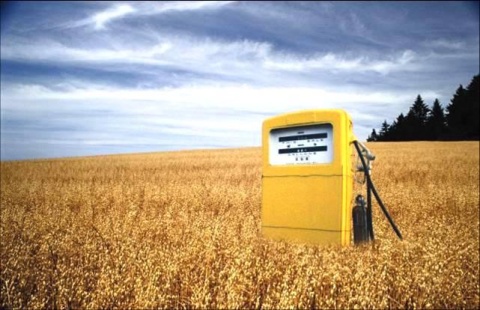
Although synthetic
diesel fuel cannot yet be produced directly by pyrolysis
of organic materials, there is a way to produce similar
liquid ("bio-oil") that can be used as a fuel, after the
removal of valuable bio-chemicals that can be used as
food additives or pharmaceuticals. Higher efficiency is
achieved by the so-called flash pyrolysis where finely
divided feedstock is quickly heated to between 350 and
500 °C (660 and 930 °F) for less than 2 seconds.
Fuel bio-oil resembling
light crude oil can also be produced by hydrous
pyrolysis from many kinds of feedstock, including waste
from pig and turkey farming, by a process called thermal
depolymerization (which may however include other
reactions besides pyrolysis).
Plastic waste
disposal
Anhydrous pyrolysis can also be used to produce liquid
fuel similar to diesel from plastic waste.
Processes
In many industrial applications, the process is done
under pressure and at operating temperatures above 430
°C (806 °F). For agricultural waste, for example,
typical temperatures are 450 to 550 °C (840 to 1,000
°F).
Vacuum pyrolysis
In vacuum pyrolysis, organic material is heated in a
vacuum in order to decrease boiling point and avoid
adverse chemical reactions. It is used in organic
chemistry as a synthetic tool. In flash vacuum
thermolysis or FVT, the residence time of the substrate
at the working temperature is limited as much as
possible, again in order to minimize secondary
reactions.
Processes for biomass
pyrolysis
Since pyrolysis is endothermic, various me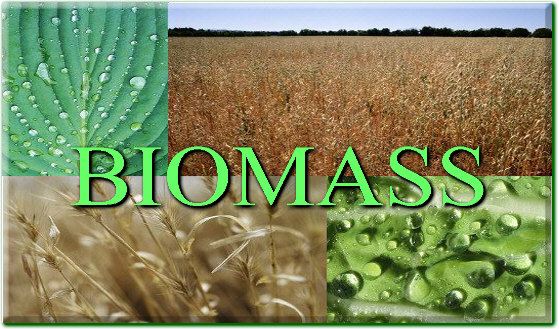 thods have
been proposed to provide heat to the reacting biomass
particles: thods have
been proposed to provide heat to the reacting biomass
particles:
-
Partial combustion
of the biomass products through air injection. This
results in poor-quality products.
-
Direct heat transfer
with a hot gas, ideally product gas that is reheated
and recycled. The problem is to provide enough heat
with reasonable gas flow-rates.
-
Indirect heat
transfer with exchange surfaces (wall, tubes). It is
difficult to achieve good heat transfer on both
sides of the heat exchange surface.
-
Direct heat transfer
with circulating solids: Solids transfer heat
between a burner and a pyrolysis reactor. This is an
effective but complex technology.
For
flash pyrolysis the biomass must be ground into fine
particles and the insulating char layer that forms at
the surface of the reacting particles must be
continuously removed. The following technologies have
been proposed for biomass pyrolysis:
-
Fixed beds were used
for the traditional production of charcoal. Poor,
slow heat transfer resulted in very low liquid
yields.
-
Augers: This
technology is adapted from a Lurgi process for coal
gasification. Hot sand and biomass particles are fed
at one end of a screw. The screw mixes the sand and
biomass and conveys them along. It provides a good
control of the biomass residence time. It does not
dilute the pyrolysis products with a carrier or
fluidizing gas. However, sand must be reheated in a
separate vessel, and mechanical reliability is a
concern. There is no large-scale commercial
implementation.
-
Ablative processes:
Biomass particles are moved at high speed against a
hot metal surface. Ablation of any char forming at
the particles surface maintains a high rate of heat
transfer. This can be achieved by using a metal
surface spinning at high speed within a bed of
biomass particles, which may present mechanical
reliability problems but prevents any dilution of
the products. As an alternative, the particles may
be suspended in a carrier gas and introduced at high
speed through a cyclone whose wall is heated; the
products are diluted with the carrier gas. A problem
shared with all ablative processes is that scale-up
is made difficult since the ratio of the wall
surface to the reactor volume decreases as the
reactor size is increased. There is no large-scale
commercial implementation.
-
Rotating cone:
Pre-heated hot sand and biomass particles are
introduced into a rotating cone. Due to the rotation
of the cone, the mixture of sand and biomass is
transported across the cone surface by centrifugal
force. Like other shallow transported-bed reactors
relatively fine particles are required to obtain a
good liquid yield. There is no large scale
commercial implementation.
-
Fluidized beds:
Biomass particles are introduced into a bed of hot
sand fluidized by a gas, which is usually a
recirculated product gas. High heat transfer rates
from fluidized sand result in rapid heating of
biomass particles. There is some ablation by
attrition with the sand particles, but it is not as
effective as in the ablative processes. Heat is
usually provided by heat exchanger tubes through
which hot combustion gas flows. There is some
dilution of the products, which makes it more
difficult to condense and then remove the bio-oil
mist from the gas exiting the condensers. This
process has been scaled up by companies such as
Dynamotive and Agri-Therm. The main challenges are
in improving the quality and consistency of the
bio-oil.
-
Circulating
fluidized beds: Biomass particles are introduced
into a circulating fluidized bed of hot sand. Gas,
sand and biomass particles move together, with the
transport gas usually being a recirculated product
gas, although it may also be a combustion gas. High
heat transfer rates from sand ensure rapid heating
of biomass particles and ablation is stronger than
with regular fluidized beds. A fast separator
separates the product gases and vapors from the sand
and char particles. The sand particles are reheated
in fluidized burner vessel and recycled to the
reactor. Although this process can be easily scaled
up, it is rather complex and the products are much
diluted, which greatly complicates the recovery of
the liquid products.
Industrial sources
Many sources of organic matter can be used as feedstock
for pyrolosis. Suitable plant material includes:
greenwaste,, sawdu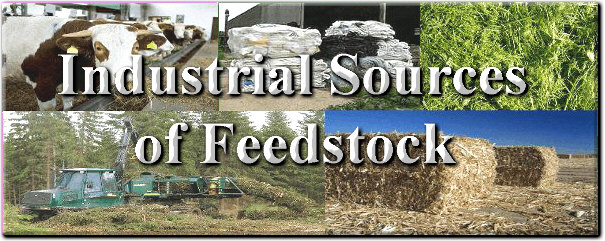 st, waste wood, woody weeds; and
agricultural sources including: nut shells, straw,
cotton trash, rice hulls, switch grass; and poultry
litter, dairy manure and potentially other manures.
Pyrolysis is used as a form of thermal treatment to
reduce waste volumes of domestic refuse. Some industrial
byproducts are also suitable feedstock including paper
sludge and distillers grain st, waste wood, woody weeds; and
agricultural sources including: nut shells, straw,
cotton trash, rice hulls, switch grass; and poultry
litter, dairy manure and potentially other manures.
Pyrolysis is used as a form of thermal treatment to
reduce waste volumes of domestic refuse. Some industrial
byproducts are also suitable feedstock including paper
sludge and distillers grain
There is also the
possibility of integrating with other processes such as
mechanical biological treatment and anaerobic digestion.
Industrial
products
-
syngas (flammable
mixture of carbon monoxide and hydrogen): can be
produced in sufficient quantities to both provide
the energy needed for pyrolysis and some excess
production
-
solid char that can
either be burned for energy or recycled as a
fertilizer (biochar).
Fire protection
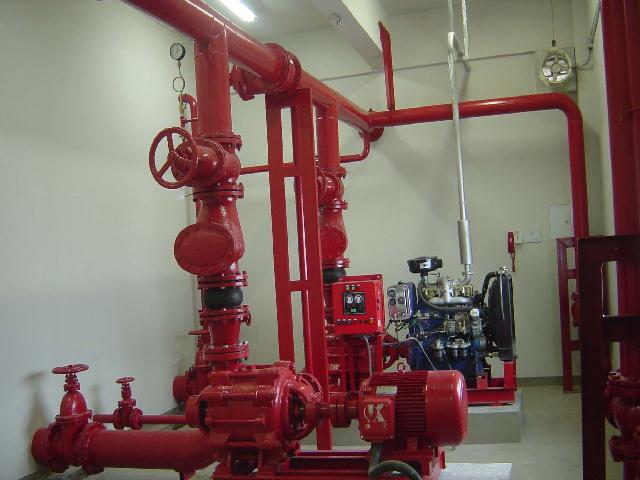
Destructive fires in buildings will often burn with
limited oxygen supply, resulting in pyrolysis reactions.
Thus, pyrolysis reaction mechanisms and the pyrolysis
properties of materials are important in fire protection
engineering for passive fire protection. Pyrolytic
carbon is also important to fire investigators as a tool
for discovering origin and cause of fires.
From
Wikipedia, the free encyclopedia
|
|



